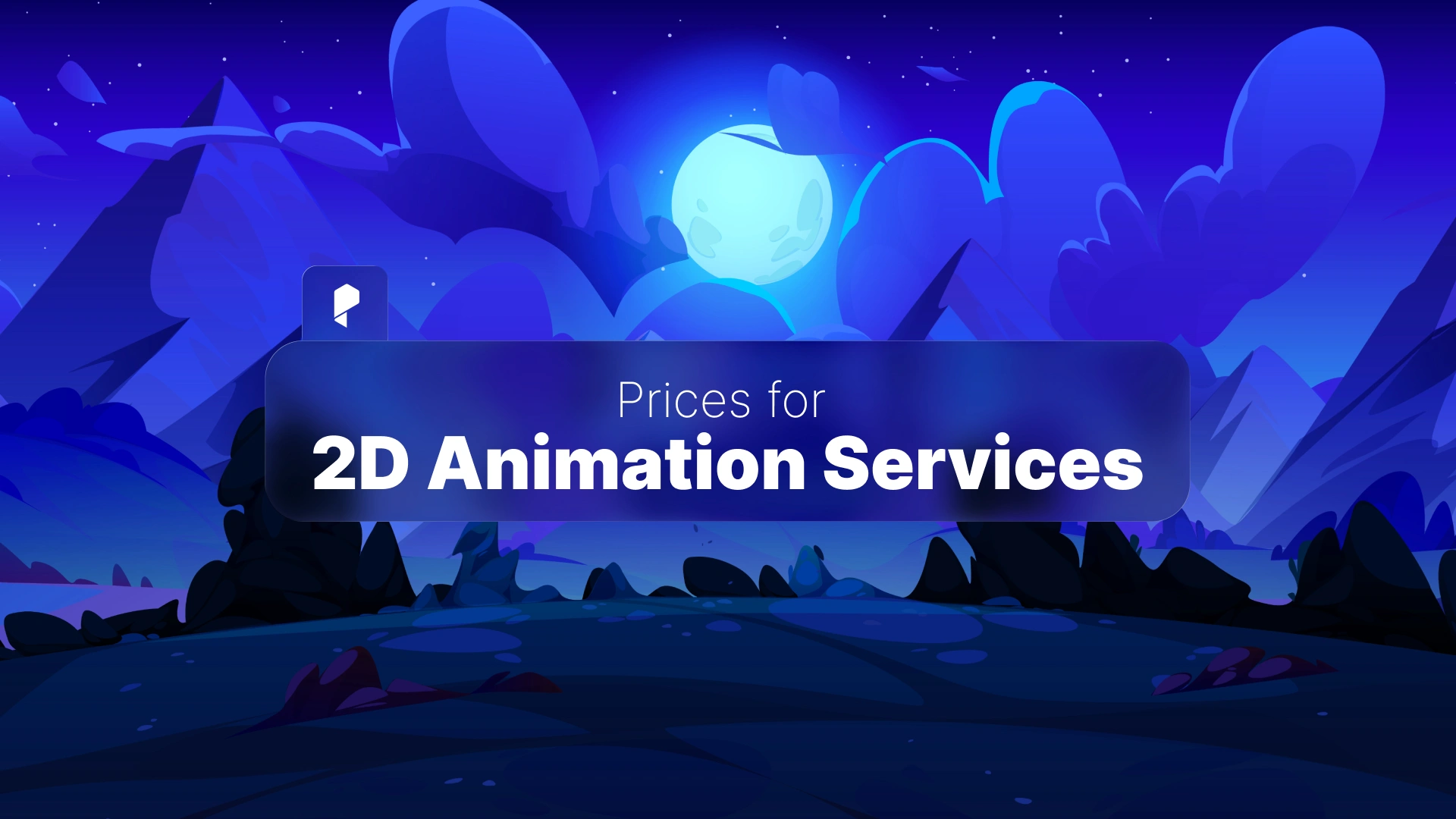Prices for 2D Animation Services at Different Agencies

What are the most common 2D animation company pricing models?
And yes, depending on what you’re animating – a short ad, a TV clip, or a 2D game animation studio project – the model might not fit perfectly. Short marketing clips are sometimes cheaper on a per-second basis, but TV episodes or game cutscenes can explode the cost if billed that way.
How does an agency’s geographic location affect the cost of 2D animation studio services?
Some clients shy away from overseas options because they want everything “in-house,” but that’s not always necessary. A reliable studio – even if it’s far away – can deliver top-notch animation if you establish clear communication from the start.
What additional factors increase the cost of 2D animation?
One tip – don’t just chase the cheapest option. There are clients that go with the lowest quote, thinking they’ll save money, and end up spending half the project just chasing updates. Feedback loops, communication delays, unclear scope – these are the real hidden costs.
Second, consider the type of project. Not every 2D animation studio fits every job. Some are perfect for short ads, others for longer educational content, and some for game animation. Choosing the right fit saves time, money, and stress.
Third, think about communication style. You want a team that’s responsive and willing to explain their process, not just send polished files. And remember – price isn’t everything. Higher quotes often come with reliability and less stress; lower quotes may cost you in extra work chasing emails.
Lastly, keep in mind that a strong collaboration often beats the lowest bid. If you click with the team, understand each other’s workflow, and set expectations early, the project will flow smoothly. Even small details – like how many rounds of revisions are included – can make a big difference in the final cost.





